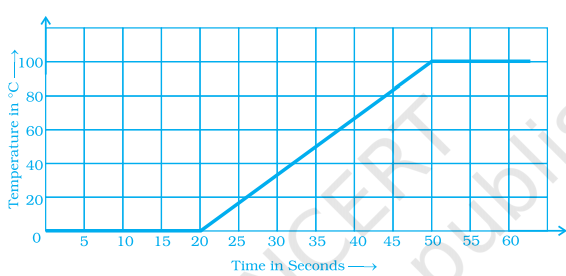An industrial loom weaves 0.128 n wires of cloth every second. Approximately, how many seconds will it take for the loom to weave 25 metres of cloth? 178 b. 195 c. 488 d. 204
178
195
204
488
The correct Answer is:B
Step by step video & text solution for An industrial loom weaves 0.128 n wires of cloth every second. Approximately, how many seconds will it take for the loom to weave 25 metres of cloth? 178 b. 195 c. 488 d. 204 by Maths experts to help you in doubts & scoring excellent marks in Class 6 exams.
Updated on:21/07/2023Topper's Solved these Questions
- IMO MODEL TEST PAPER 3BOOK - SCIENCE OLYMPIAD FOUNDATION CHAPTER - IMO MODEL TEST PAPER 3EXERCISE - EVERYDAY MATHEMATICS
10 Videos
- IMO MODEL TEST PAPER 3BOOK - SCIENCE OLYMPIAD FOUNDATION CHAPTER - IMO MODEL TEST PAPER 3EXERCISE - ACHIEVERS SECTION
5 Videos
- IMO MODEL TEST PAPER 2BOOK - SCIENCE OLYMPIAD FOUNDATION CHAPTER - IMO MODEL TEST PAPER 2EXERCISE - ACHIEVERS SECTION
5 Videos
- IMO QUESTION PAPER 2017-18 SET - ABOOK - SCIENCE OLYMPIAD FOUNDATION CHAPTER - IMO QUESTION PAPER 2017-18 SET - AEXERCISE - EVERYDAY MATHEMATICS
15 Videos
Similar Questions
An industrial loom weaves 0.128 m wires of cloth every second. Approximately, how many seconds will it take for the loom to weave 25 metres of cloth? 178 b. 195 c. 488 d. 204
View SolutionCloth Makers Inc. has p spindles, each of which can produce q metres of cloth on an average in r minutes. If the spindles are made to run with no interruption, then how many hours will it take for 20,000 metres of cloth to be produced? a. 20000 pqr b. 20000 rqp c. 20000 rpq d. 20000 r60 pq
View SolutionA skating champion moves along the circumference of a circle of radius 28 m in 44 sec. How many seconds will it take her to move along the perimeter of a hexagon of side 48 m? (a) 48 (b) 68 (c) 72 (d) 84 (d) 90
View SolutionA wall of 100 metres can be built by. 7 men or 10 women in 10 days. How many days will 14 men and 20 women take to build a wall of 600 metres? 15 b. 20 c. 25 d. 30
View SolutionA tailor has 37.5 metres of cloth and he has to make 8 pieces out of a metre of cloth. How many pieces can be make out of this cloth? (a) 320 (b) 360 (c) 400 (d) None of these
View SolutionA star is 8.1×1013 km away from the earth. Suppose light travels at the speed of 3.0×105 km per second. How long will it take the light from the star to reach the earth? 7.5×103hours b. 7.5×104 hours c. 2.7×1010 seconds d. 2.7×1011seconds
View SolutionThe following graph shows the change in temperature of a block of ice when heated. Use the graph to answer the following questions:
(a) For how many seconds did the ice block have no change in temperature?
(b) For how long was there a change in temperature?
(c) After how many seconds of heating did the temperature become constant at 0∘C?
(d) What was the temperature after 25 seconds?
(e) What will be the temperature after 1.5 minutes? Justify your answer.

View SolutionThe strong neutron excess (defined as N - Z) of high- mass nuclei is illustrated by noting that most high-mass nuclides could never fission into two stable nuclei without neutrons being left over. For example, consider the spontaneous fission of a 235U nucleus into two stable daughter nuclei with atomic numbers 39 and 53. From Appendix F, determine the name of the (a) first and (b) second daughter nucleus. From Fig. 40-6, approximately how many neutrons are in the (c) first and (d) second? (e) Approximately how many neutrons are left over?
View SolutionA particle starts with an initial velocity 2.5 m/s along the positive x direction and it accelerates uniformly at the rate 0.50ms2. A. Find the distance travelled by it in the first two seconds. b.How much time does it take to reach the velocity 7.5ms ? c. How much distance will it cover in reaching the velocity 7.5 m/s?
View Solution85% and 92% alcoholic solutions are mixed to get 35 litres of an 89% alcoholic solution. How many litres of each solution are there in the new mixture? a.10 of the first and 25 of the second b.20 of the first and 15 of the second c.15 of the first and 20of the second d.12 of the first and 23 of the second
View Solution
